#24: Providing Supercomputing Resources to Enable DOD Problem Solving
We talk with Dr. Ben Parsons, chief technology officer with the High Performance Computing Modernization Program (HPCMP), about how the program enables the Department of Defense (DOD) to solve its most critical mission challenges. Managed by ERDC, the HPCMP delivers world-class high-performance computing and expertise to DOD engineers and scientists. Its five DOD Supercomputing Resource…
Read MorePodcast: Play in new window | Download

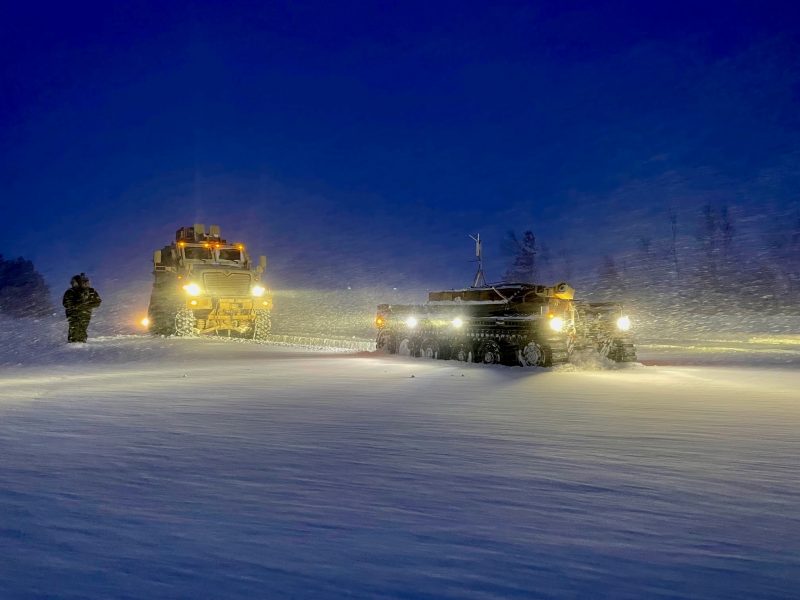
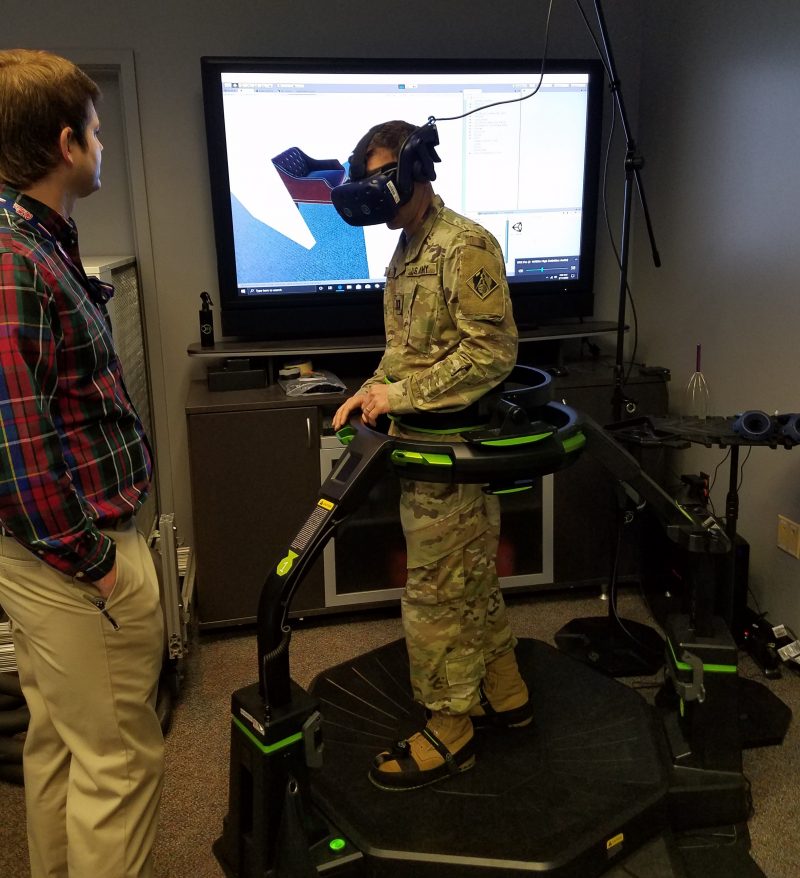
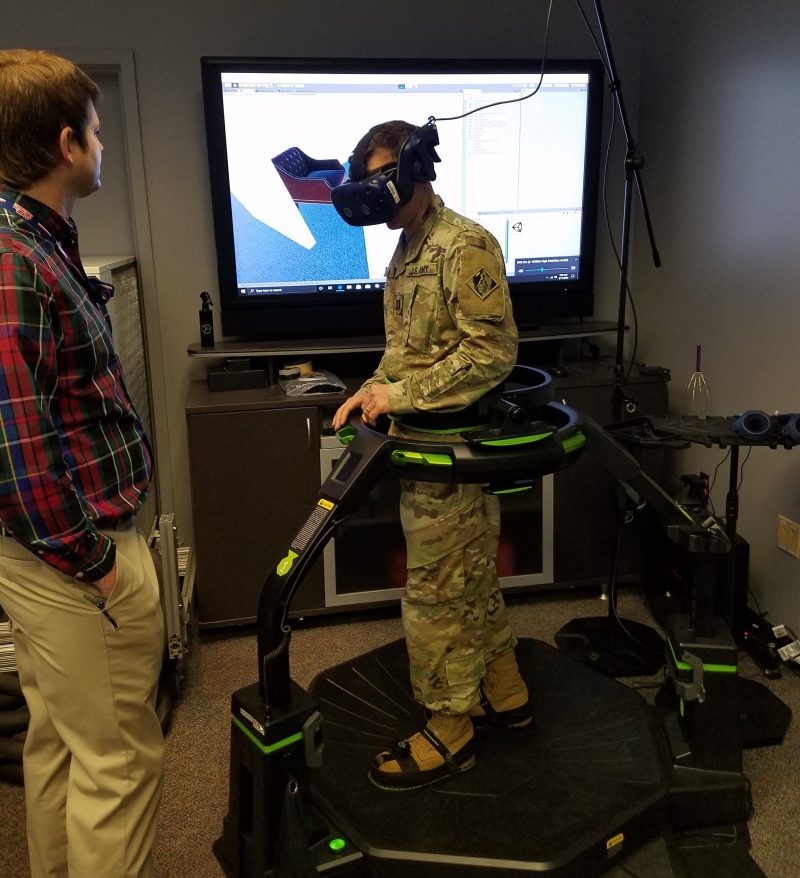
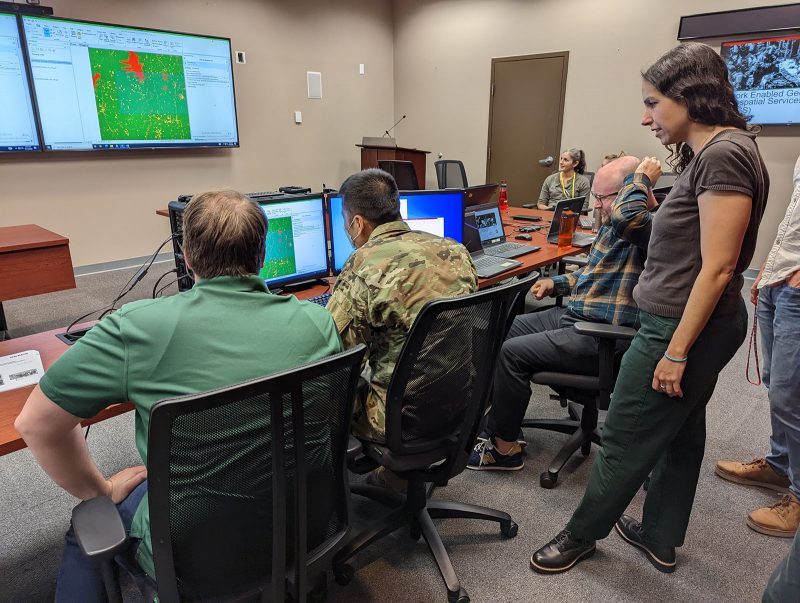
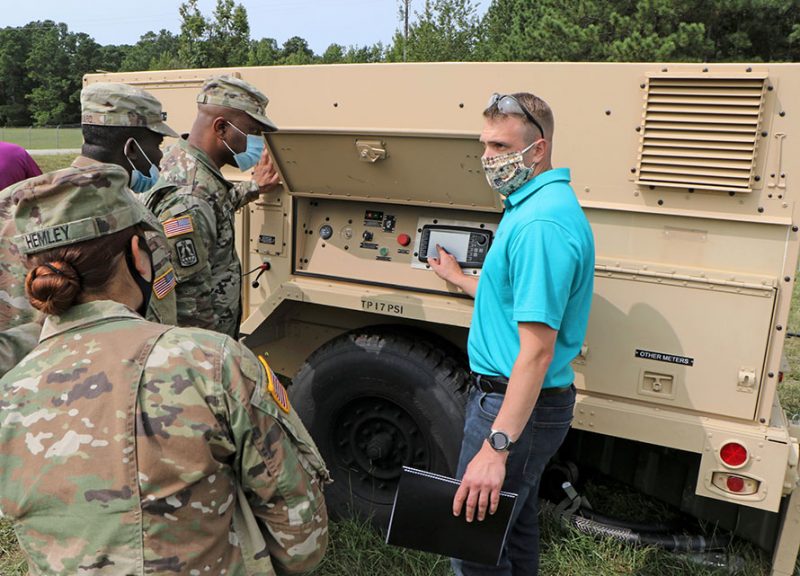
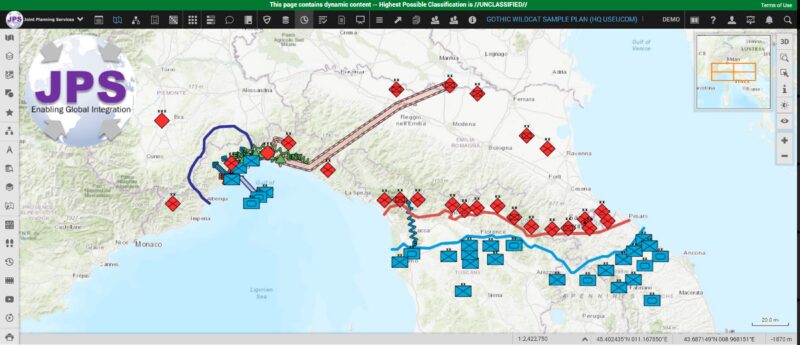

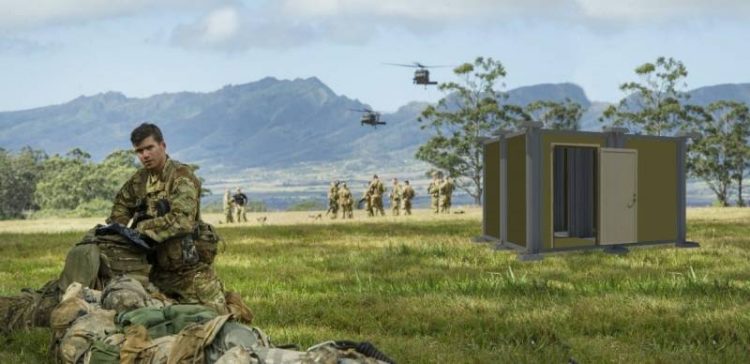
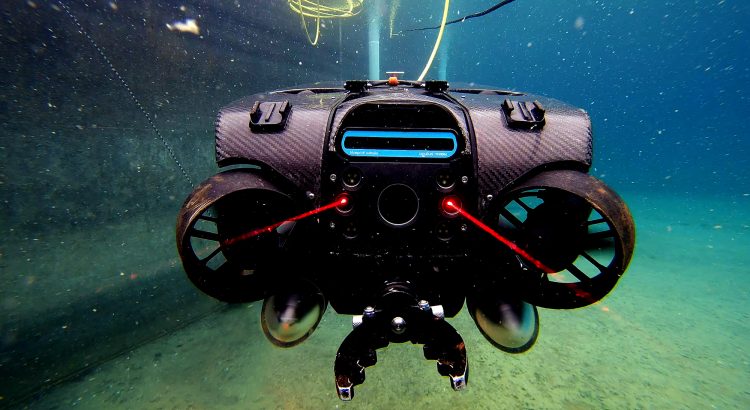
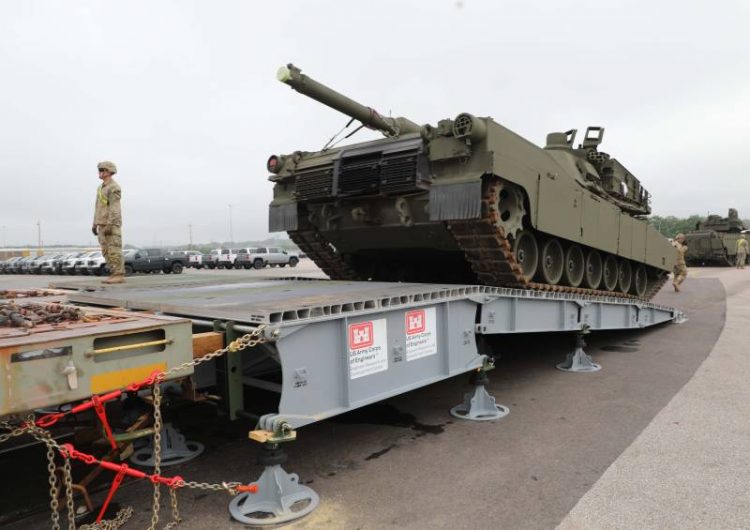
Recent Comments